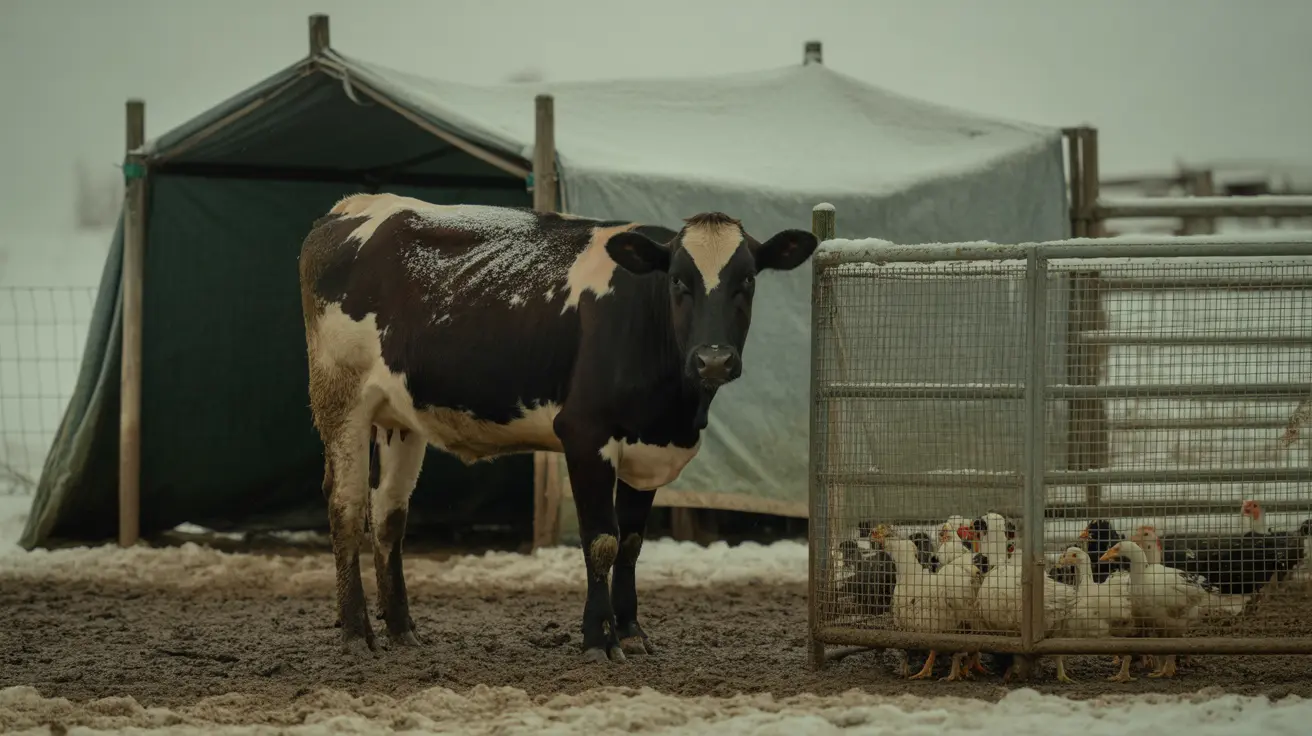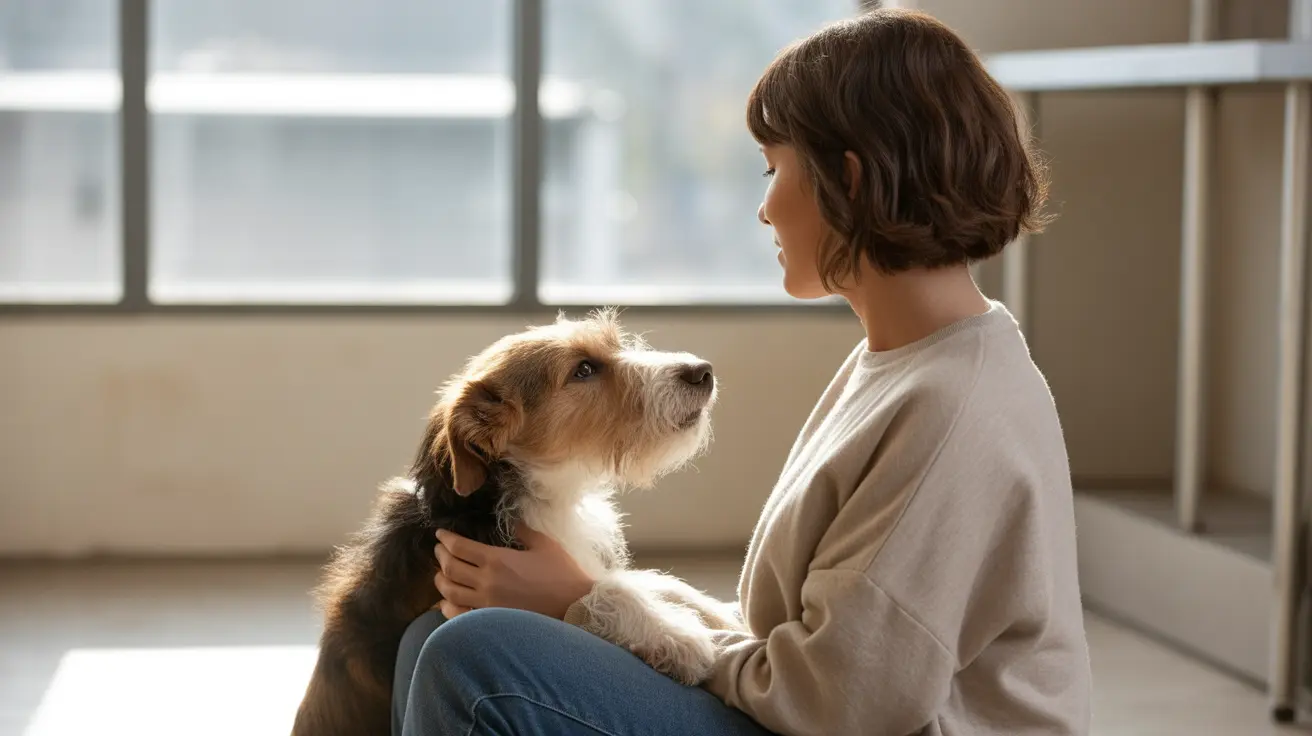Do Dogs Like Face Kisses? Understanding Canine Affection
Many dog owners show their affection by giving their dogs face kisses. But do dogs actually enjoy this kind of human behavior? The answer is not a simple yes or no; it depends on the dog's personality, past experiences, and socialization.
Dogs Are Not Human: Different Communication Styles
Humans show affection through physical gestures such as hugging and kissing. Dogs, however, communicate differently. For many dogs, direct face-to-face contact can be perceived as a threat rather than affection. Close proximity to the face—especially by a towering human—can be intimidating or confusing for them.
Factors That Influence a Dog's Reaction to Kisses
- Early Socialization: Dogs exposed to gentle handling and affection during their early development may tolerate kisses more positively.
- Breed Disposition: Some breeds, due to their temperament and bonding tendencies, may be more receptive to human affection.
- Individual Personality: Just like people, dogs have unique personalities. Some enjoy close contact; others may find it uncomfortable.
- Past Experiences: Dogs who have had negative encounters with humans near their face might react fearfully or aggressively.
Signs Your Dog Enjoys Kisses
While dogs don’t naturally kiss each other, behaviors such as licking your face can be interpreted as signs of affection. You can determine whether your dog welcomes face kisses by watching their body language for positive signals:
- Relaxed posture
- Wagging tail
- Soft eyes and ears in a neutral position
- Leaning into your touch
Signs Your Dog Dislikes Face Kisses
- Turning their head away
- Yawning, licking lips, or other stress signals
- Tensing up or pulling back
- Growling or snarling
If your dog displays any of these signs, it’s important to respect their boundaries and avoid forcing affection.
How to Show Affection Safely
If your dog seems unsure about kisses, there are many other ways to show love that may be more comfortable for them:
- Petting: Most dogs enjoy being petted on their chest, shoulders, and base of the tail—avoid the top of the head or face initially.
- Verbal Praise: Use a calm, happy tone to let your dog know you appreciate them.
- Treats and Play: Offering food rewards or engaging in play strengthens your bond.
- Respecting Their Space: Allow your dog to approach you for affection instead of initiating constant contact.
Training for Comfort with Close Contact
Some dogs may become more tolerant of face kisses through gradual desensitization and positive reinforcement. Here’s how:
- Start by sitting close to the dog and rewarding calm behavior.
- Progress to short periods of touch near the head, rewarding them with treats or praise.
- Slowly reduce the distance until you can approach their face without causing discomfort.
- Only attempt a kiss-like gesture if your dog appears relaxed and receptive.
This process should always be slow and based on your dog’s comfort level.
Why Some Dogs May Lick Your Face
Many people interpret face licking as a dog’s way of “kissing” back. While this may be partially true, dogs lick faces for several reasons:
- As a submissive or appeasing gesture
- In response to salty skin or food smells
- As a way to seek attention
- Due to trained positive reinforcement over time
Though it's not the same as a human kiss, this behavior typically signals that your dog feels comfortable around you.
Conclusion: Know Your Dog
Face kisses may be interpreted differently by dogs, and not all of them will appreciate this type of gesture. Learning to read your dog's body language is crucial. Some dogs may enjoy snuggling and face contact, while others find it stressful or intimidating. Offering affection in forms your dog enjoys—and always respecting their comfort—is key to a strong, trusting relationship.
When in doubt, avoid face kisses unless you're sure your dog appreciates them. Not only will you protect your bond, but you’ll also keep interactions safe and positive for both of you.





